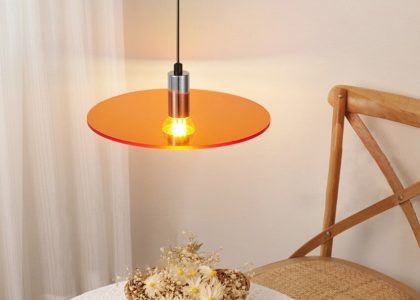Introduction
Lustre France, also known as French Lustreware, is a style of decorative pottery that originated in France in the 16th century. The name “lustre” comes from the shiny metallic finish that the pottery is known for, which is achieved through the use of a metallic glaze.
In this article, we will explore the history of Lustre France and its significance in the world of pottery. We will also discuss the techniques used to create this unique and beautiful pottery, as well as some of the most famous examples of Lustre France.
History
Lustre France was first produced in the French city of Lyon in the 16th century. The technique of creating lustreware was brought to Lyon by Italian potters who were fleeing religious persecution in their homeland.
The earliest examples of Lustre France were heavily influenced by the Italian lustreware tradition, which had been popular in Italy since the 14th century. However, over time French potters developed their own unique style, characterized by the use of rich, warm colors and intricate patterns.
During the 17th and 18th centuries, Lustre France became increasingly popular in France and other parts of Europe. The pottery was often used for decorative purposes, and was particularly popular among the noble classes.
Techniques
The metallic finish that gives Lustre France its distinctive look is achieved through the use of a metallic glaze. This glaze is applied to the pottery after it has been fired once, and then fired again at a lower temperature.
The glaze itself is made from a mixture of metallic oxides and other materials, which react during firing to create the desired metallic finish.
In addition to the metallic glaze, Lustre France is also characterized by its intricate designs and patterns. These designs are typically created using a technique called sgraffito, in which the top layer of glaze is scratched away to reveal the layer beneath.
Famous Examples
There are many famous examples of Lustre France, ranging from small pottery items to large vases and tableware.
One of the most famous examples is the “Henri II” vase, which was produced in the late 19th century. This vase is characterized by its rich, warm colors and intricate, detailed pattern.
Another famous example is the “Regina” vase, which was produced in the early 20th century. This vase is notable for its unusual shape and the delicate, swirling pattern that covers its surface.
Conclusion
Lustre France is a truly unique and beautiful style of pottery that has stood the test of time. Its use of a metallic glaze and intricate designs make it a true tr


